I lived in the US for a few years, and had the pleasure of riding for most of that time. I also visit periodically and rent motorcycles (from Riders Share, usually).
So I have specific experience with riding motorcycles in the US — particularly in California, one of the best states for motorcycling (great roads, lane splitting, lazy attention to speeding) — that I think is applicable for foreigners.
If you’re Australian, a New Zealander, or a European, or from any other part of the world, then I want to give you some advice that I’m sure will help.
No, this isn’t boring advice like “ride on the right-hand side”. I’m sure you know that!
You might be wondering
- What are the special road rules to know about, like lane splitting or “turn right on red”?
- What are speed limits like? How actively are they policed?
- What are helmet laws? (“I heard helmets aren’t required…”)
- What about insurance? (Health insurance, travel insurance, damage insurance)
- Can you buy a bike and sell it?
- How do you rent a bike?
OK, here goes.
General disclaimer: The below is not legal advice. It’s general advice from personal experience. I don’t guarantee you won’t get pulled over, won’t be fined, or won’t have your motorcycle declared unfit, or whatever. Please make sure you understand state law. Consider the below an insight that starts you out in specific research.
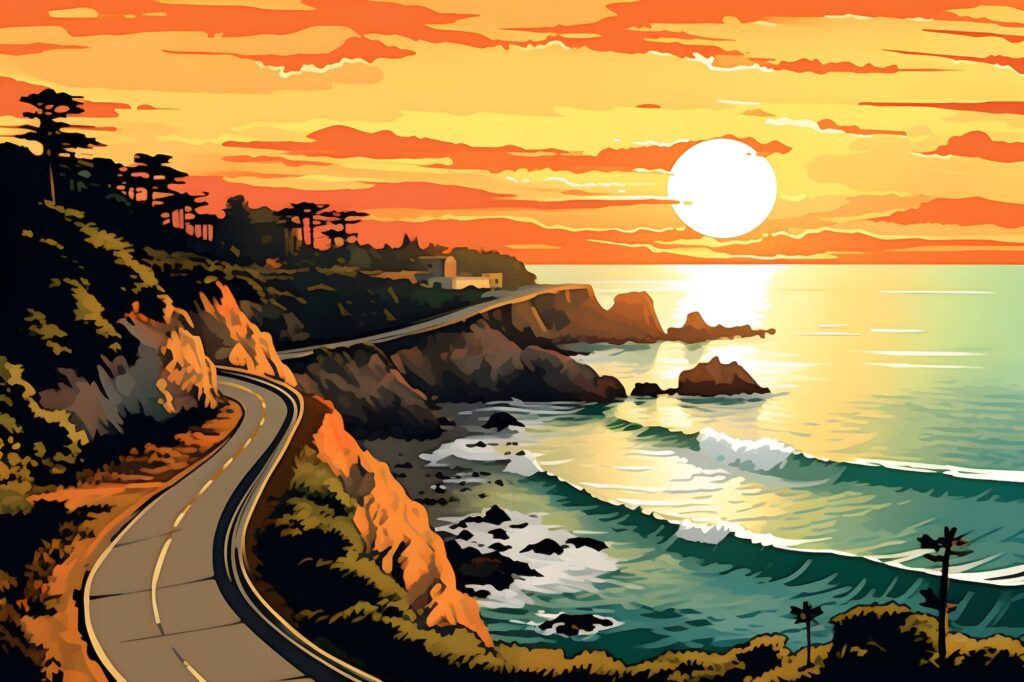
Are you obsessed with motorcycles?
Well, I am. That’s why I created this site — as an outlet. I love learning and sharing what others might find useful. If you like what you read here, and you’re a fraction as obsessed as I am, you might like to know when I’ve published more. (Check the latest for an idea of what you’ll see.)
Riding Motorcycles in the US — In a Nutshell
If there are three things that I’d want you to take away from this article, it’s these:
- Make sure you have travel insurance that covers riding full-size motorcycles in the US.
- Unless you have residency, rent, don’t buy.
- Driving between lanes of moving traffic is only allowed in California.
For more details, plus a few other interesting tips, see below.
You Can Only Lane Filter in a Few States in the US
In nearly every country in the world other than the US, you can filter through slow or stopped traffic. It’s often called lane filtering, but sometimes people call it lane splitting or lane sharing.
What I mean is that in most countries, when traffic is slow or has stopped, or sometimes even at highway speeds, you can do things like ride between cars and even ride on the shoulder, provided you’re not going excessively faster than the slower speed of traffic.
When riding motorcycles in the US, you can’t lane filter (move between stopped traffic) in most states. But you can in a few where there is also great riding. See the links for more details about the relevant laws.
- California: You can ride between stopped or moving vehicles in the same lane, with no restrictions other than other road rules. This is lane splitting as well as lane filtering. (California CHP site)
- Utah: You can lane filter where the speed is 45 mph or less. (Utah law)
- Arizona: You can lane filter — you can pass other stopped vehicles where the posted speed limit is 45 mph or less, and where you’re going less than 15 mph. (Arizona law)
- Montana: You can lane filter, but other vehicles have to be going less than 10 mph, and you can’t be going more than 20 mph. (Montana law)
In Hawaii, you can’t share lanes, but you can use the shoulder of the road to pass stopped traffic when there are at least two lanes.
So in these states, when traffic cones to a standstill, feel free to filter your way to the front, if it’s safe to do so.
Bear in mind that California is the only state in which you can lane split at speed. But people still may be not used to it, if they’re from out of state — I’ve Americans on forums say they find it frightening.
Also, please be cautious when lane filtering. A very small percentage of drivers may exercise road rage on you for attempting to lane split, by intentionally opening a door on you, or even trying to swipe you — we’ve all seen the stories.
Turn Right on Red
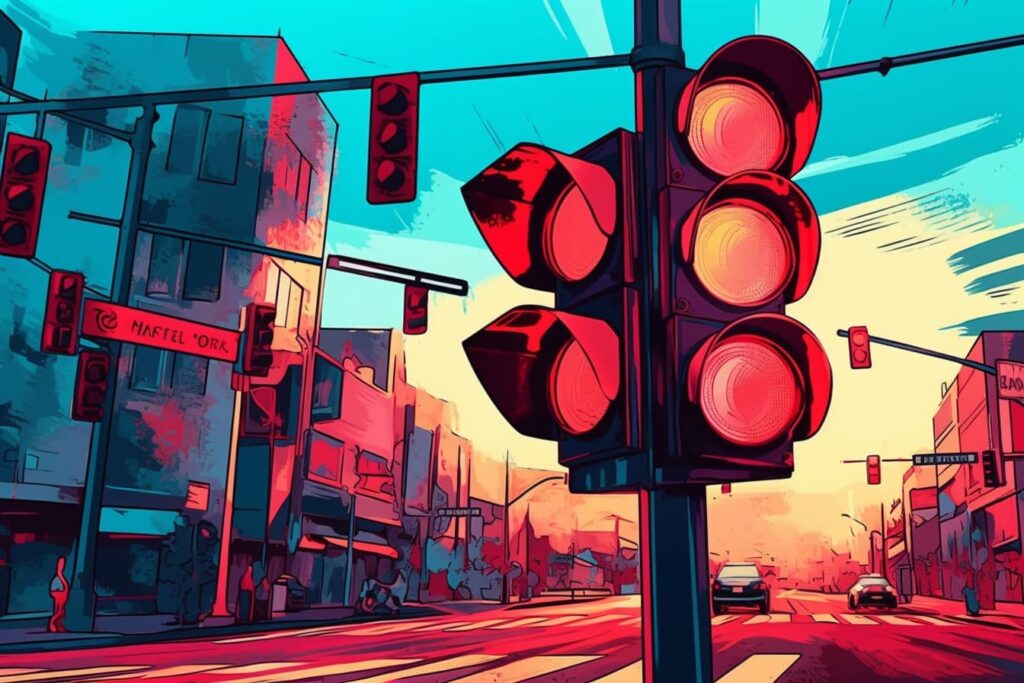
In the US, you can turn right on a red light when it’s safe — unless there’s a sign saying you can’t. This is common in all 50 states since 1980.
For motorcyclists riding in the US, this means two things. Firstly, obviously, you can follow the rule and turn right on red when it’s safe.
Secondly, if you’re pulling up to a red light in the right lane, then stay to the left of the right-most lane if you’re at the front, to let other cars behind you turn right.
Of course, for other cars to pass you in the “same” lane, lane splitting has to be legal, but still, it’s the polite thing to do everywhere and no cop will bust you for being polite… I hope.
Speeding is Relaxed in Some States, Strict in Others
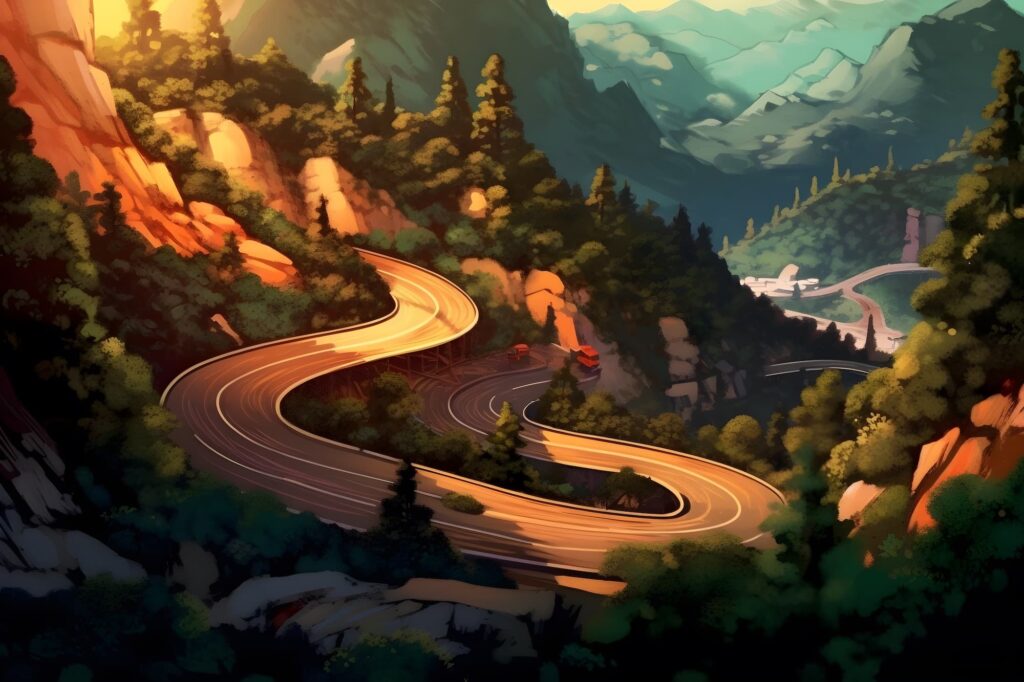
When I first started riding motorcycles in the US, I assumed the attitude to speeding was the same as where I grew up. I was wrong.
Some states, like California (where I have a lot of experience), are very relaxed with speeding. If you’re doing 20 mph over the limit on a highway, but otherwise being a good citizen (flowing with traffic, not doing wheelies, riding a street-legal motorcycle), then police have far bigger fish to fry.
In fact, on many Californian highways, traffic flows at 10-20 mph higher than the posted speed. For example, if the posted speed is 65 mph, then most vehicles will go 75-85 mph, with some much faster. Going slower than 75 on such roads is hazardous.
In some states, including California, speeding cameras are not permitted by law. This means that you have to be pulled over for speeding.
For anyone from the rest of the world, this seems like a weird dream. Europeans, East Asians (particularly Japan and Korea), Australians, and New Zealanders, are used to fixed speeding cameras that monitor when we’re going 3 km/h over the limit and then send us a fine in the mail.
In fact, in California, I’ve been pulled over, given a warning for doing something dangerous, then sent on my way. The same has happened to friends of mine. It helps to be polite and respectful.
Note that the situation of speeding cameras may change if AB 645 passes.
Metric / Imperial Quick Conversions
If you’re not from the UK (which also uses miles per hour) and new to riding motorcycles in the US, you might be momentarily confused by the imperial speeds when driving.
You don’t need to be constantly doing math, converting and dividing by 1.61. Here’s a quick conversion table.
| Speed | ~mph | ~km/h |
|---|---|---|
| Very slow — Very congested urban centres | 25 | 40 |
| Residential / mixed commercial | 35 | 60 |
| Wider roads | 45 | 70 |
| Highway | 65 | 100 |
| Fast highways | 75 | 120 |
This is just what the speeds “feel” like.
Of course, American motorcycles are set up in mph. Even if you bring your motorcycle over, you can change the units for most motorcycles with LCD or TFT displays, which is roughly all street bikes since the 2000s or so (but not classic kinds of motorcycles with gauges).
US Octane Gas / PON vs RON
If you’re European or Australian, you might be confused by the seemingly lower-octane fuels in the US. They’re the same, just measured using a different metric (you should be used to this!)
The very quick answer is that in the US, you normally need 90/91 octane or higher. (More explanation of this below.)
In the US, fuel grades are also referred to “octane”. But they’re also more clearly specified as “Pump Octane Number”, “AKI” number (Anti-Knock Index), or in manuals defined as “(R+M)/2”, referring to how they’re the average of the RON (Research Octane Number) and MON (Measured Octane Number).
In Europe, Australia/NZ, and indeed the rest of the world (Asia, Africa, etc.), fuel grades are also referred to as “octane”, but in these cases, they are just talking about RON (Research Octane Number), sometimes referred to in German manuals as ROZ (Research-Oktanzahl, German for the same, though Research is a loanword in this acronym).
To simplify the categorisations, it’s easier to think of “regular” and “premium”.
| Name | US standard (PON, AKI, or (R+M)/2) | Europe / Rest of World standard (RON, ROZ) |
|---|---|---|
| “Regular” | 86-87 | 90-91 |
| “Premium” or “Super” | 90-91 | 95 |
For a number of years now, Europe has only offered “Premium” level fuel as a baseline — 95 RON. If the octane is unmarked, it’s 95. So this is the bare minimum for many motorcycles, even entry-level mid-powered ones.
But if you happen to know that your motorcycle can use a lower octane fuel, then you can use regular or 86/86 octane fuel in the US.
Side note from a reader: If you’re used to looking at the colour of the pump handle, be careful! They may be different from your home country. In the US, there is no fixed fuel pump colour for each type of fuel, so it’s best to look at the pump label.
How traffic behaves in the US
Riding motorcycles in the US, I observed a few things that as an innocent Australian / European I was glad I didn’t learn the hard way.
Firstly, there are relatively few red light cameras. This means that as a traffic light is turning red, many cars tend to speed up and then go through as it’s turning red. It’s very common to see cars run red lights.
In extreme situations, you can see cars running red lights a few seconds after a light has turned red. This happens everywhere in the world, but I’m not used to it in Europe and Australia, where busy intersections have fixed cameras in place.
This means that I’d be cautious about zipping off at crossroads as soon as a light turns green.
Secondly, drivers in many American states can’t be relied upon to use turn signals, and may just drift into another lane. This may not surprise you if you’re from a country where it doesn’t happen much, but drivers from Germany, Australia, or NZ may find themselves getting a little upset!
Finally, to switch lanes, drivers in the US are more aggressive than more conservative countries. You can’t expect people to make room for you just for signalling — you have to be a little pushier.
This isn’t to say that the US is some lawless land, by the way. Don’t take offense, Americans! I’ve seen WAY crazier places! For context, Australian, Kiwi, German, and UK-based drivers just have different driving cultures. Whatever you’re used to becomes normal very quickly.
Watch for Deer (or Moose or Elk) at Night

Different countries have different hazards at night. Australia has kangaroos, SE Asia has water buffalos, and North America has deer, moose, and elk.
These are bad news for cars, and terrible news for motorcyclists. Many non-Americans don’t even know the origin of the expression “deer in the headlights”. But it’s haunting after it happens once.
Riding at night isn’t everyone’s first preference, anyway. But be aware of the additional risk.
Helmet Laws Vary State to State
I’d generally recommend wearing a helmet to protect your noggin, your skin, and even your ears — but everyone’s different. If you do like riding without a helmet, or just want to try it out, you can do so in the majority of US states.
Check this list for an updated one. But here’s how it is at time of writing (please let me know if this changes!) for riders over 20 (which is the vast majority of foreigners going over to ride, I presume) and who have completed relevant safety courses:
| Helmet law | States |
|---|---|
| Helmet required | Alabama, California, District of Columbia, Georgia, Louisiana, Maryland, Massachusetts, Mississippi, Nevada, New Jersey, New York, North Carolina, Oregon, Tennessee, Vermont, Virginia, Washington, and West Virginia |
| Helmet not required (1) | Alaska, Arizona, Arkansas, Colorado, Connecticut, Delaware, Florida, Hawaii, Idaho, Illinois, Indiana, Iowa, Kansas, Kentucky, Maine, Michigan, Minnesota, Missouri (2), Montana, Nebraska, New Hampshire, New Mexico, North Dakota, Ohio, Oklahoma, Pennsylvania, Rhode Island, South Carolina, South Dakota, Texas, Utah, Wisconsin, and Wyoming |
Notes:
- Check the details of state legislation. There are a lot of details for each law. For example, you can’t be on a “learner” permit in some states, can’t be under 17 or 20 (depending on the state), may have to have medical insurance, or may have to have had your license for a while.
- In Missouri, you have to wear a helmet if under 25 (other states, if they have a requirement, have one for an age of 20 or lower).
The law may apply differently to foreigners, too, especially as many of them are dependent on licenses.
You Need Travel Health Insurance that Covers Motorcycles
America is one of the few places in the world that doesn’t provide healthcare for its citizens. This is a well-known fact. But just bear in mind that crashing your motorcycle can be a very expensive affair — think hundreds of thousands of dollars.
Make sure that you have insurance that covers
- Damage to other people’s vehicles and property
- Injury to other people (because someone will likely try to sue you)
- Injury to yourself
I’ve used World Nomads a few times, and even made claims, including for one time when I wrote off a rented motorcycle in the US. Here’s my personal experience. Note that the PDS varies from policy to policy — make sure you read yours.
Many travel insurance policies I’ve had — including those I get with fancy credit cards — specifically exclude riding motorcycles over 200 cc.
In other words, if I end up in a hospital after a motorcycle crash, I’d be up for expensive medical bills just for X-rays and basic care until I can be flown out of the country back to a place where I have comprehensive medical cover. In the US, emergency care and stays of a few days in a hospital can cost north of $100,000.
In the past, I’ve used World Nomads. They say you can the best judgment of an insurer is the claims process. Well, I had a very easy claims process with World Nomads — I had an emergency (didn’t know it, but was undergoing liver failure from accidental Paracetamol poisoning), called them and they said “Pay with your credit card, then send us the invoices”. I sent them $1600 worth of invoices, and got it all back (minus the $100 deductible) within around a week. Since then, I always recommend them.
But I’ll say again: Make sure your travel health insurance policy covers riding motorcycles.
You Can Buy a Motorcycle in Some States (but Renting is Better)
Anyone considering a trip of any period in the US is probably thinking “Gah, this is so expensive. Can I just buy a motorcycle and sell it?”
There are only some states in the US where you can buy and register a motorcycle as a non-resident. One of these is Utah. I’m sure there are others, but I’m not sure which!
But in general, in the US in most states, to buy a motorcycle, you need a local driver’s license or at least an ID card, which means you need a visa for at least temporary residency (not as a tourist) and a local address. You may also need an SSN, which you need a local address to get.
Then, for insurance, you’ll also need a local motorcycle license. Unfortunately, not every state lets you “convert” your international license. In California, I had to re-sit the exams (paper exam, then a two-day motorcycle training course, and then a driving test for road rules). This varies by state.
Compounding the insurance problem is that most travel insurance companies require you to rent a motorcycle — it says so explicitly in the contract.
It’s all so complicated to buy a motorcycle, and renting in the US is easy, that it’s easy to recommend renting. I like to rent via Riders Share or Twisted Road, but Eagle Rider is also well-liked.
Bear in mind that while they provide accident insurance covering vehicles and third parties, you still need travel health insurance.

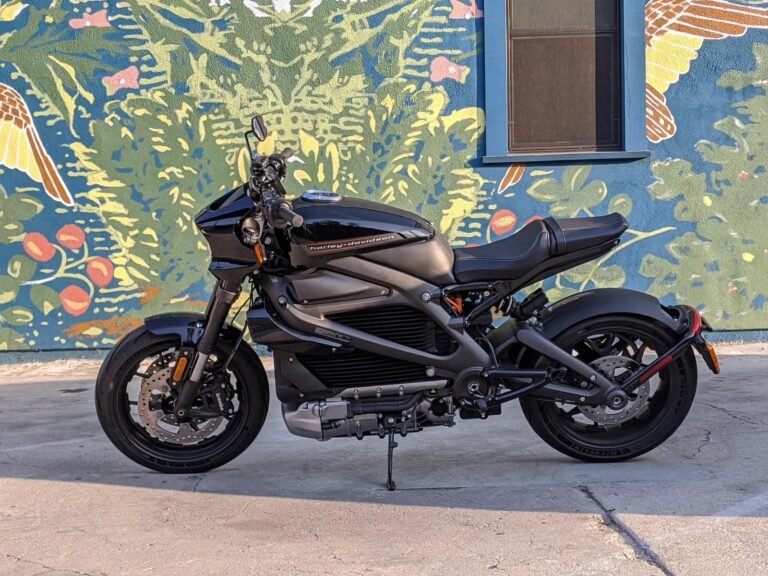
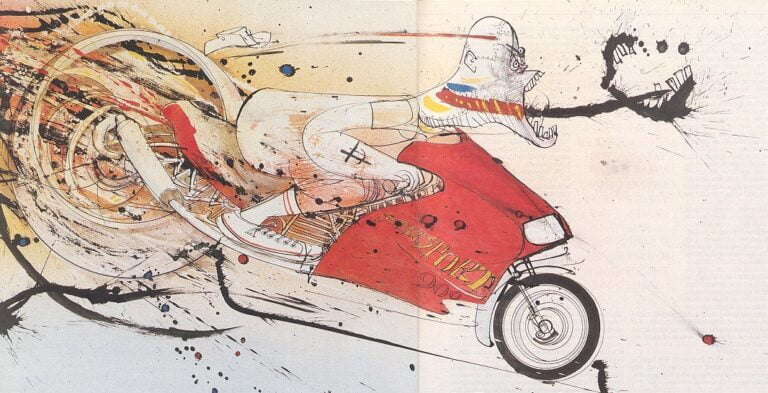
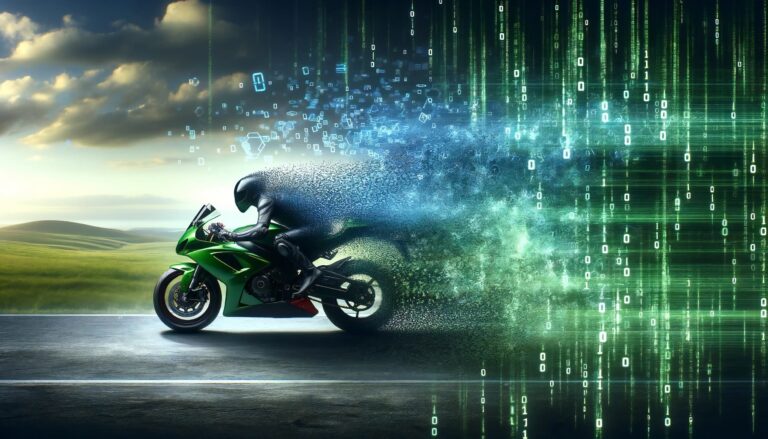
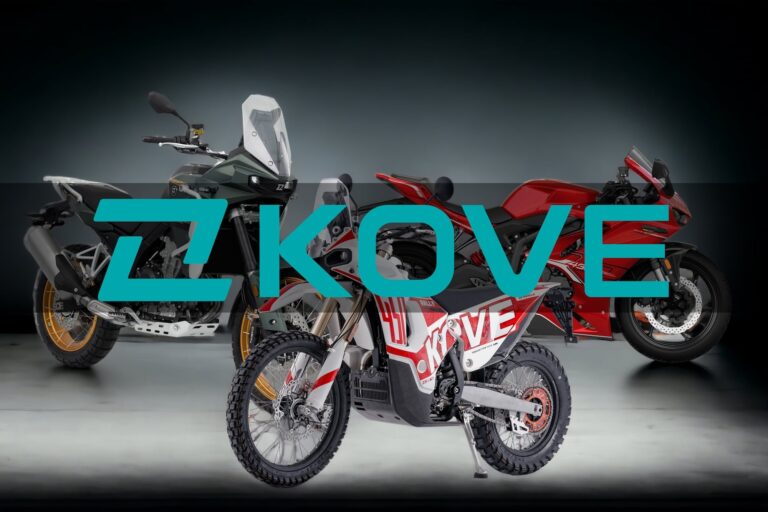
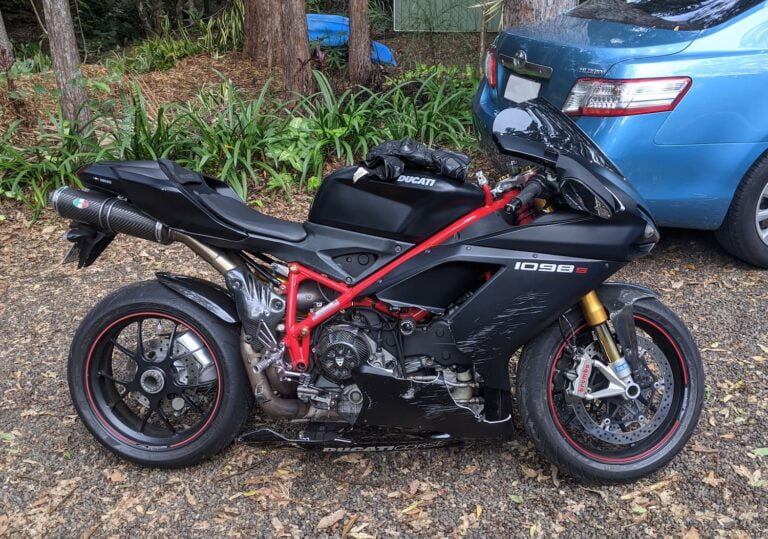
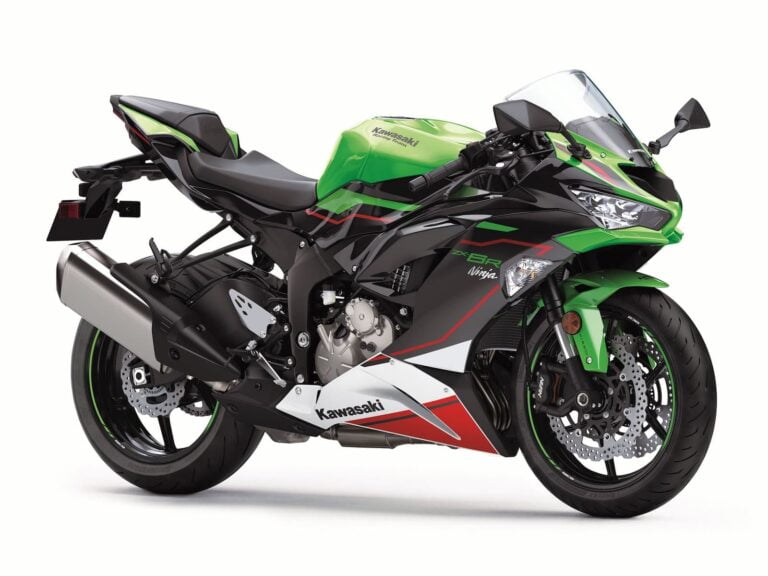
Great article. I moved from NZ to Massachusetts in 2017 and there sure is a is a learning curve. Can’t reinforce enough that road rules vary by state, and in some cases by city. e.g. MA is one of the few states that let you turn right on red even on a red arrow. Interstate riding can be a bit of a blood sport, particularly around cities or on heavily traveled corridors like the I95 up the east coast but the interstate network often is the best way to get to the interesting roads in the north east. Stay alert and out of the left lane if you aren’t in any hurry and you should be fine. Riding east of the Mississippi is going to be hot and humid during summer, worse the further south you go. Shoulder seasons are lovely, though, particularly if you’re into autumn or spring foliage. The weather can be really changeable in New England and upstate New York around those times, so plan and prepare accordingly. Renting is definitely the way to go not least because it’ll be very difficult to register a bike without a SSN, and because you’d probably need to visit a state’s DMV in person to try, and that’s time you’ll never get back.